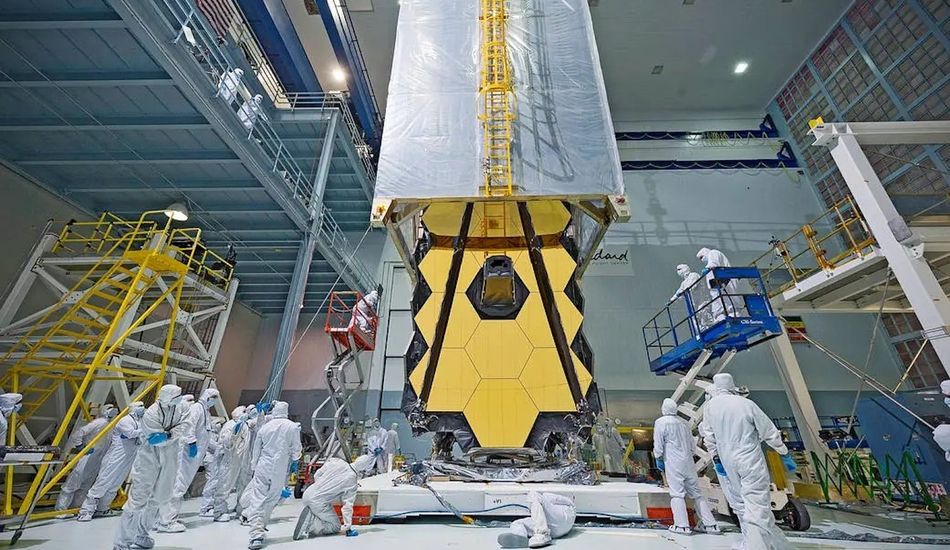
26 Unidentified Bacterial Species in NASA Cleanroom
The meticulous environments of NASA cleanrooms, designed to minimize contamination, harbor a surprising diversity of life. A recent study revealed the presence of 26 previously unknown bacterial species within a cleanroom used for assembling the Phoenix Mars lander. Researchers sequenced 215 bacterial strains, identifying these novel species among them. Some strains were present before the spacecraft's arrival, while others emerged during assembly and testing.
Resilient Microbes
These newly discovered bacteria demonstrated remarkable resistance to harsh conditions, possessing traits like enhanced DNA repair mechanisms, robust metabolism, and the ability to neutralize harmful molecules. This resilience raises concerns regarding potential contamination of space missions and the planets they explore. The survival of these organisms in a highly controlled cleanroom suggests a potential for adaptation to even more extreme environments, such as those encountered in space.
Implications for Earth and Beyond
The discovery holds significant implications beyond space exploration. The unique stress-resistance genes identified in these bacteria could find valuable applications in various fields. For instance, researchers envision potential uses in medicine, improving drug development or creating new treatments, and in food preservation, extending shelf life and reducing waste. Further study of these extremophiles could unlock groundbreaking technological advancements.
This finding prompts a reevaluation of cleanroom sterilization protocols and highlights the enduring challenges in maintaining truly sterile environments, even in highly controlled settings. It underscores the importance of understanding microbial resilience and developing more effective strategies to prevent unintended contamination, both in space exploration and on Earth.
Source: Gizmodo